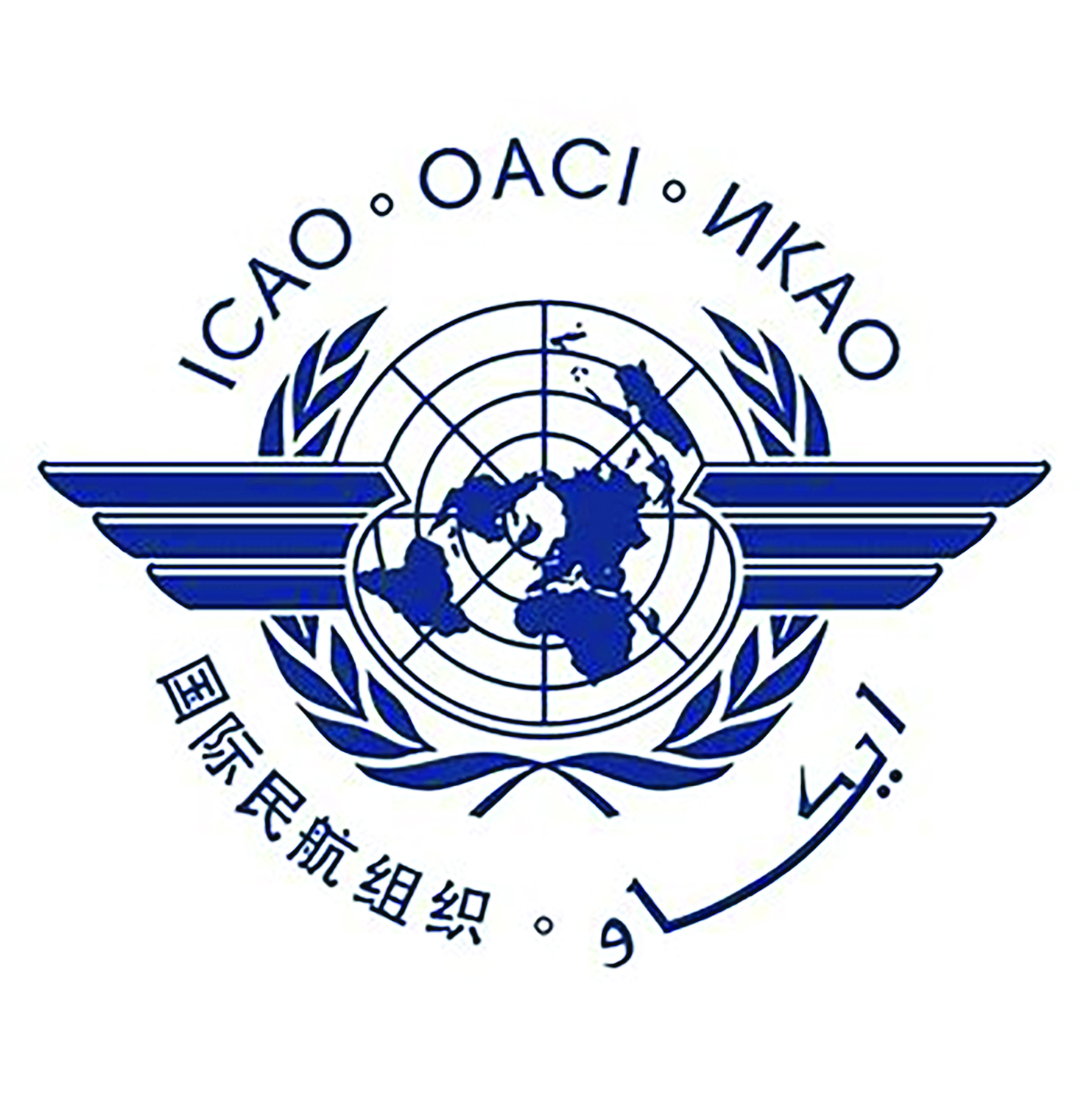Since 1 January 2020, new aircraft types have to comply with a new type CO2 standard,3 although no aircraft has been certified against this standard as of the start of 2025. The focus thus far has been on certifying in-production aircraft types against a less stringent in-production CO2 standard as all aircraft have to be certified against this new requirement if they wish to continue to be produced beyond 1 January 2028.
As of the end of 2024, Airbus continues to be the only manufacturer to have certified in-production aircraft types, such as the A330-800neo and -900neo variants (
), and so the availability of certified CO2 data remains limited . In light of the approaching production cut-off deadline in 2028, certification of other aircraft types is ongoing by EASA and other regions of the world have also implemented the CO2 standard into their legislation with it becoming effective in the US on 16 April 2024. As per noise, the 2019 ICAO Independent Experts Panel goals for leading edge CO2 emissions performance in 2027 and 2037 would need to be reviewed soon for them to remain relevant.

